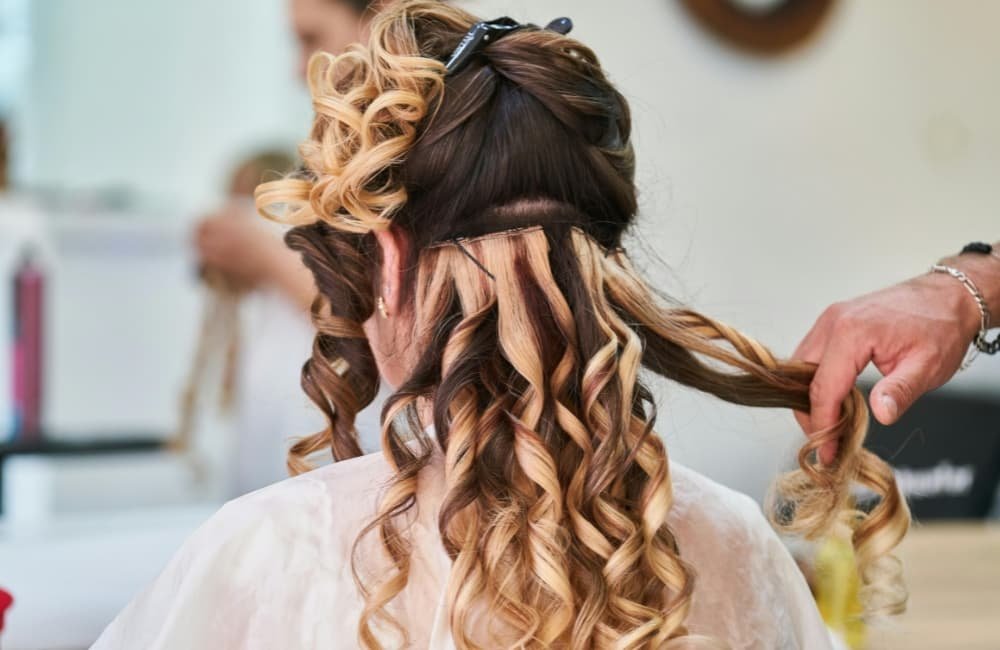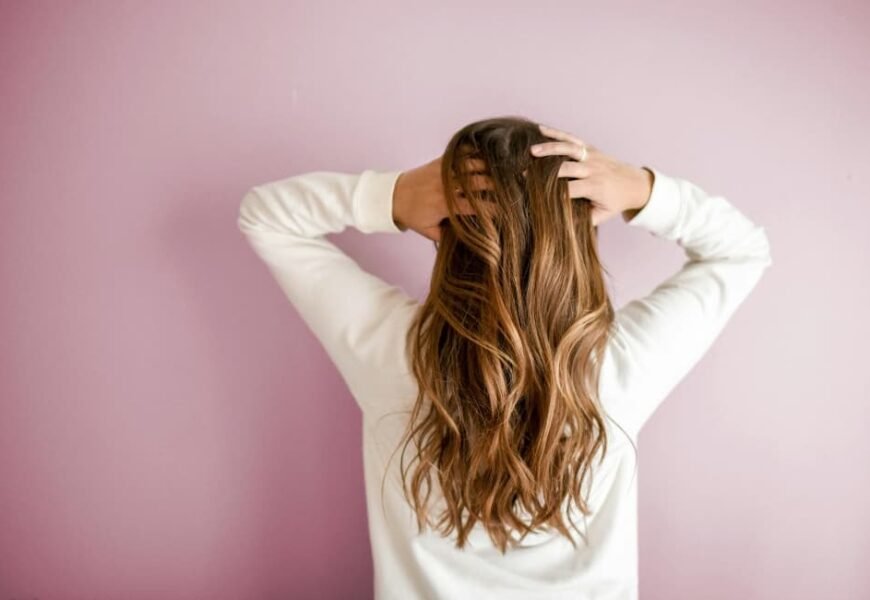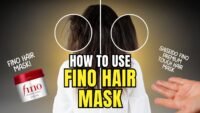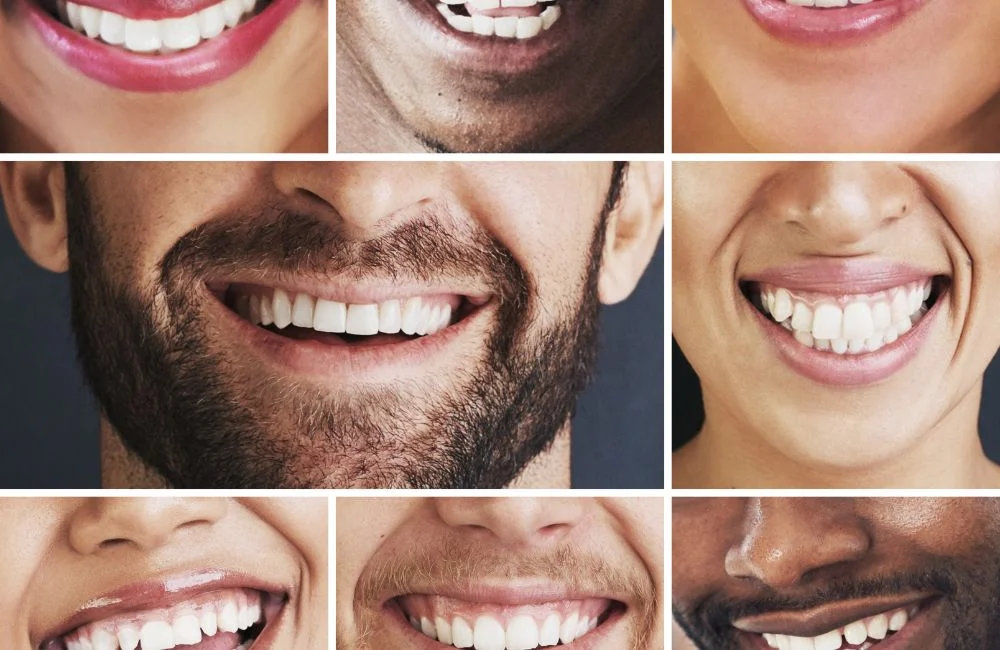Hair extensions have become one of the most in-demand beauty solutions worldwide, offering an instant way to add length, volume, and versatility to natural hair. They’re no longer just for celebrities or influencers; millions of people now incorporate extensions into their regular beauty routines. According to a 2023 Grand View Research report, the global hair extensions market was valued at $3.6 billion in 2022 and is projected to grow steadily due to rising demand in both professional salons and at-home styling. This growth reflects the increasing prevalence of common extensions in everyday fashion and self-expression. But while they’re increasingly popular, one of the most common questions people ask before investing in extensions is: “How long do hair extensions last?” The answer depends on the type of extensions, the quality of the hair, and the care routine, with a duration ranging from a few weeks to over a year.
What Determines How Long Hair Extensions Last?
The durability of hair extensions is not one-size-fits-all. Several key factors influence how long your extensions will stay looking beautiful and natural. From the type of extensions you choose to your daily habits, every detail makes a difference. By understanding these factors, you can make more informed choices about which extensions suit your lifestyle and how to care for them effectively. Below are the key factors to consider.

Type of Extensions
The type of extension you choose plays the biggest role in lifespan. Some are temporary and last longer overall, while semi-permanent ones offer a natural look but require more frequent replacement.
- Clip-In Extensions: Designed for occasional use. Since they aren’t worn daily, they last longer overall and can be reused for up to a year or more with proper care.
- Tape-In Extensions: A semi-permanent option that bonds directly to your natural hair. They look natural but typically need reapplication every 6–8 weeks.
- Fusion Extensions: Also semi-permanent, using keratin bonds to attach to natural hair. Provide a seamless look but require replacement after 3–4 months.
- Halo / Wire Extensions: Low-maintenance and removable, making them cost-effective. With minimal care, they can last a year or more.
- Sew-In Weaves: Better suited for thicker hair types. They offer a long-term style but generally last 6–10 weeks before needing replacement.
- Microbead / Micro-Link Extensions: Attached with tiny beads. They provide a natural finish but require regular maintenance every 6–8 weeks, typically lasting 3–4 months.
Hair Quality
The difference between synthetic and human hair is huge when it comes to longevity. Synthetic hair extensions are usually cheaper, but they tangle easily, can’t be styled with heat, and wear out faster. Most synthetic pieces last only a few weeks to a couple of months, depending on usage.
By contrast, human hair extensions especially Remy hair where the cuticle is intact and aligned last much longer and look more natural. With proper care, human hair extensions can be washed, styled, and maintained just like your real hair, lasting up to a year in some cases.
Application Method
How your extensions are applied also impacts their durability. Extensions installed by a professional stylist generally last longer and cause less damage to your natural hair compared to DIY methods. Improper placement or bonding can lead to slipping, breakage, or a shorter lifespan overall.
For example, keratin-bonded fusion extensions require specialized heating tools and expert skills to be installed properly. If done incorrectly, they may not last the expected 3–4 months. On the other hand, tape-ins applied with the right adhesive and technique can be reused multiple times, but poorly applied tapes may start slipping within weeks.
Lifestyle & Hair Care Routine
Your day-to-day routine can make or break your extensions. If you swim regularly, use heat tools frequently, or wash your hair daily, your extensions will likely wear out more quickly. Similarly, athletes or people with oily hair may need to replace extensions more frequently.
A gentle care routine, on the other hand, can significantly extend their lifespan. Brushing gently, washing less often, and avoiding products with harsh chemicals are small habits that can add weeks or even months to the life of your extensions.
How Long Do Different Types of Hair Extensions Last?
| Type of Extensions | Average Lifespan | Key Features | Care Tips |
| Clip-In Extensions | 6–12 months (sometimes longer) | Temporary, removed daily; ideal for occasional use like events or casual styling | Store in a silk bag, brush before/after use, wash sparingly |
| Tape-In Extensions | 6–8 weeks per application (reusable 3–4 times) | Semi-permanent; lightweight and natural-looking | Avoid oily/serum products near roots, use extension-friendly haircare |
| Sew-In (Weave) Extensions | 6–10 weeks | Sewn into braided natural hair; best for thick/coarse hair | Keep scalp moisturized with sprays or oils to prevent dryness and breakage |
| Fusion / Pre-Bonded Extensions | 3–4 months | Attached with keratin bonds and heat; durable, seamless look | Require professional application/removal; schedule timely maintenance |
| Microbead / Micro-Link Extensions | 3–4 months (with 6–8 week adjustments) | Attached with tiny beads; reusable with proper care | Regular salon visits to adjust beads; avoid tugging and harsh handling |
| Halo / Wire Extensions | 9–12 months or more | Temporary, removable; sit on head with invisible wire; beginner-friendly | Brush gently before storage, avoid frequent washing, store carefully |
Signs It’s Time to Replace Your Extensions
Here are the following signs to replace your extensions:
- Constant tangling or matting that brushing cannot fix.
- Excessive shedding or thinning of the extensions.
- Slipping bonds or tapes that no longer stay in place.
- Noticeable texture changes extensions feel rough, dry, or brittle compared to natural hair.
- Scalp irritation, tightness, or discomfort, especially near the roots.
Tips to Make Hair Extensions Last Longer
With proper care, you can significantly extend the lifespan of your extensions. Here are proven tips to keep them looking healthy and natural.
Gentle Hair Care
Always wash your extensions with sulfate-free shampoo and conditioner, as sulfates strip natural oils and weaken bonds. Use a detangling or loop brush to minimize breakage and avoid brushing when wet. This reduces stress on both the extensions and your natural hair. Brushing from the ends upward prevents tugging, which is particularly important for tape-ins and bonded extensions. Following this simple care habit can add weeks to their lifespan.
Limit Heat & Chemicals
Heat styling is one of the biggest culprits in shortening the life of extensions. Whenever possible, air-dry your hair and use heat tools sparingly. If you must style with heat, always apply a thermal protectant. Similarly, avoid harsh dyes or chemical treatments unless you’re working with 100% human hair extensions. Even then, have a professional handle the coloring to prevent damage.
Protect Extensions at Night
Nighttime is often overlooked, but it’s when most tangling occurs. Braiding your hair loosely before bed and sleeping on a silk pillowcase can help minimize friction. Alternatively, a silk bonnet or scarf can protect extensions overnight. This small step can dramatically reduce matting and prolong the life of your extensions.
Professional Maintenance
Always follow up with your stylist for regular adjustments. Tape-ins, beads, and bonded extensions require regular maintenance to remain secure and safe for your natural hair. Attempting to handle removal or reinstallation yourself can result in irreversible damage. Investing in professional care ensures your extensions not only last longer but also keep your natural hair healthy.
FAQs
Yes, clip-in and halo extensions can last up to a year or longer if you take good care of them. Semi-permanent options like tape-ins, sew-ins, and microbeads typically don’t last long.
When installed and properly cared for, extensions should not damage your natural hair. Problems often arise from poor installation, skipping maintenance, or excessive force when brushing or washing.
Most people need to replace or reapply tape-ins every 6–8 weeks. The adhesive weakens as your hair grows, causing it to slip. However, the extension hair itself can be reused a few times if maintained well.
For temporary use, halo and clip-in extensions last the longest since they aren’t worn daily. Among semi-permanent types, fusion and microbead extensions offer the best durability, lasting up to 4 months with proper care.
Conclusion
Hair extensions can last anywhere from a few weeks to more than a year, depending on the type you choose, the hair quality, and how well you maintain them. Clip-ins and halo extensions are the most durable, while tape-ins and sew-ins require more frequent replacement. Ultimately, the best choice depends on your lifestyle, styling goals, and budget. Always consult a professional stylist before making a decision and remember, with proper care, your extensions will look natural and last much longer.










